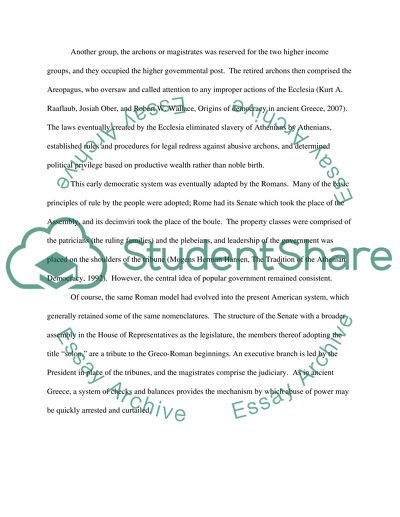Cite this document
(The Ancient Greek View of Life and the Objects Pertaining to Their Research Paper, n.d.)
The Ancient Greek View of Life and the Objects Pertaining to Their Research Paper. Retrieved from https://studentshare.org/history/1562393-module-5-essay-1
The Ancient Greek View of Life and the Objects Pertaining to Their Research Paper. Retrieved from https://studentshare.org/history/1562393-module-5-essay-1
(The Ancient Greek View of Life and the Objects Pertaining to Their Research Paper)
The Ancient Greek View of Life and the Objects Pertaining to Their Research Paper. https://studentshare.org/history/1562393-module-5-essay-1.
The Ancient Greek View of Life and the Objects Pertaining to Their Research Paper. https://studentshare.org/history/1562393-module-5-essay-1.
“The Ancient Greek View of Life and the Objects Pertaining to Their Research Paper”, n.d. https://studentshare.org/history/1562393-module-5-essay-1.


